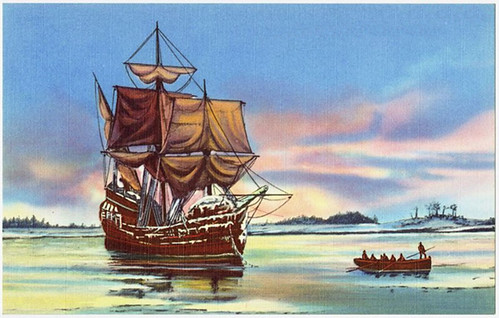The Mayflower Compact is signed in what is now Provincetown Harbor near Cape Cod.
The Mayflower Compact was a document signed by the Pilgrims aboard the Mayflower ship on November 21, 1620, before they disembarked at Plymouth, in what is now Massachusetts. The Pilgrims were English Separatists who had fled religious persecution in England and sought religious freedom in the New World.
The Mayflower Compact was essentially a social contract among the Pilgrims, establishing a form of self-government for their new colony. It recognized the authority of King James I of England but asserted the Pilgrims’ intention to form a “civil body politic” and to enact just and equal laws for the general good of the colony. The compact was an early expression of the democratic principles that would later influence the development of the United States.
The Mayflower Compact is considered a significant historical document because it represents one of the earliest instances of self-governance in what would become the United States. It laid the groundwork for the development of democratic traditions in the American colonies and is often seen as a precursor to the more formal structures of government that would emerge in the years that followed.


